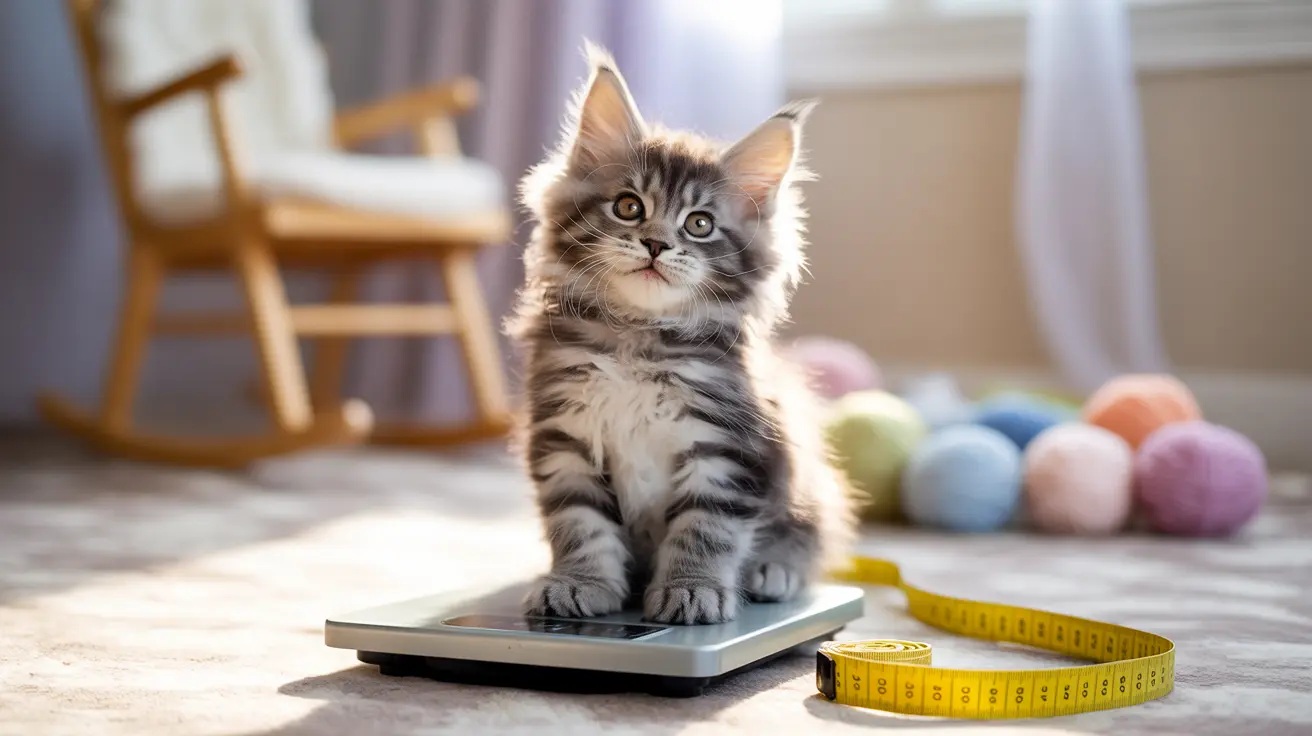Understanding the Tail Length Theory
While there's a popular belief that tail length can indicate a cat's eventual size, this correlation isn't scientifically proven. The tail's length is primarily determined by genetics and breed characteristics, rather than serving as a reliable predictor of overall body size. Some breeds naturally have longer tails regardless of their body size, making this method unreliable for size prediction.
Reliable Indicators of Adult Cat Size
Genetic Factors
Genetics play the most significant role in determining a cat's adult size. The size of a kitten's parents is one of the most reliable predictors of how big they will grow. This is particularly true for purebred cats, where size ranges are well-documented and consistent within breeds.
Breed-Specific Growth Patterns
Different cat breeds have distinct size ranges:
- Maine Coons: 12-22 pounds
- Ragdolls: 10-20 pounds
- Domestic Shorthairs: 6-16 pounds
- Siamese: 5-12 pounds
Scientific Methods for Size Prediction
Weight-Based Calculations
The most accurate way to predict a cat's adult size is through weight-based tracking:
- At 16 weeks, kittens typically reach about half their adult weight
- Most cats achieve their full size between 9-12 months
- Large breeds may continue growing until 18 months
Growth Monitoring
Regular weight tracking and veterinary check-ups provide the most reliable predictions of adult size. Recording your kitten's weight at consistent intervals and plotting it on growth charts can help identify their growth trajectory.
Factors Affecting Final Size
Nutrition and Health
Proper nutrition during kittenhood significantly impacts adult size. High-quality kitten food with adequate protein and essential nutrients supports optimal growth. Poor nutrition can stunt growth, while overfeeding can lead to obesity.
Environmental Factors
Early life experiences, including:
- Weaning age
- Litter size
- Overall health
- Activity levels
All contribute to a cat's final size and development.
Frequently Asked Questions
Can you tell how big a cat will get by looking at its tail length?
No, tail length alone is not a reliable indicator of a cat's eventual size. While there may be some correlation within specific breeds, genetics and breed characteristics are much more accurate predictors of adult size.
How accurate is tail length in predicting a kitten's adult size?
Tail length has limited accuracy in predicting adult size. Scientific studies show that factors like genetics, breed, and early development are much more reliable indicators.
What physical features best indicate how large my cat will grow?
Paw size, bone structure, and overall body frame are better physical indicators than tail length. However, the most reliable predictors are breed standards and parental size.
When do kittens typically reach their adult size?
Most cats reach their adult size between 9-12 months of age. Large breeds like Maine Coons may continue growing until 18 months or longer.
How can I estimate my kitten's future size based on age and weight?
The most reliable method is to track your kitten's weight at regular intervals and compare it to breed-specific growth charts. At 16 weeks, kittens typically weigh about half their eventual adult weight.
Conclusion
While tail length might seem like an easy way to predict a cat's adult size, it's not a reliable method. Instead, focus on scientifically proven factors like genetics, breed standards, and consistent weight tracking to estimate your kitten's eventual size. Regular veterinary check-ups and proper nutrition will ensure your cat reaches their optimal adult size, regardless of their tail length.






